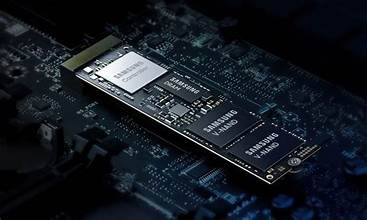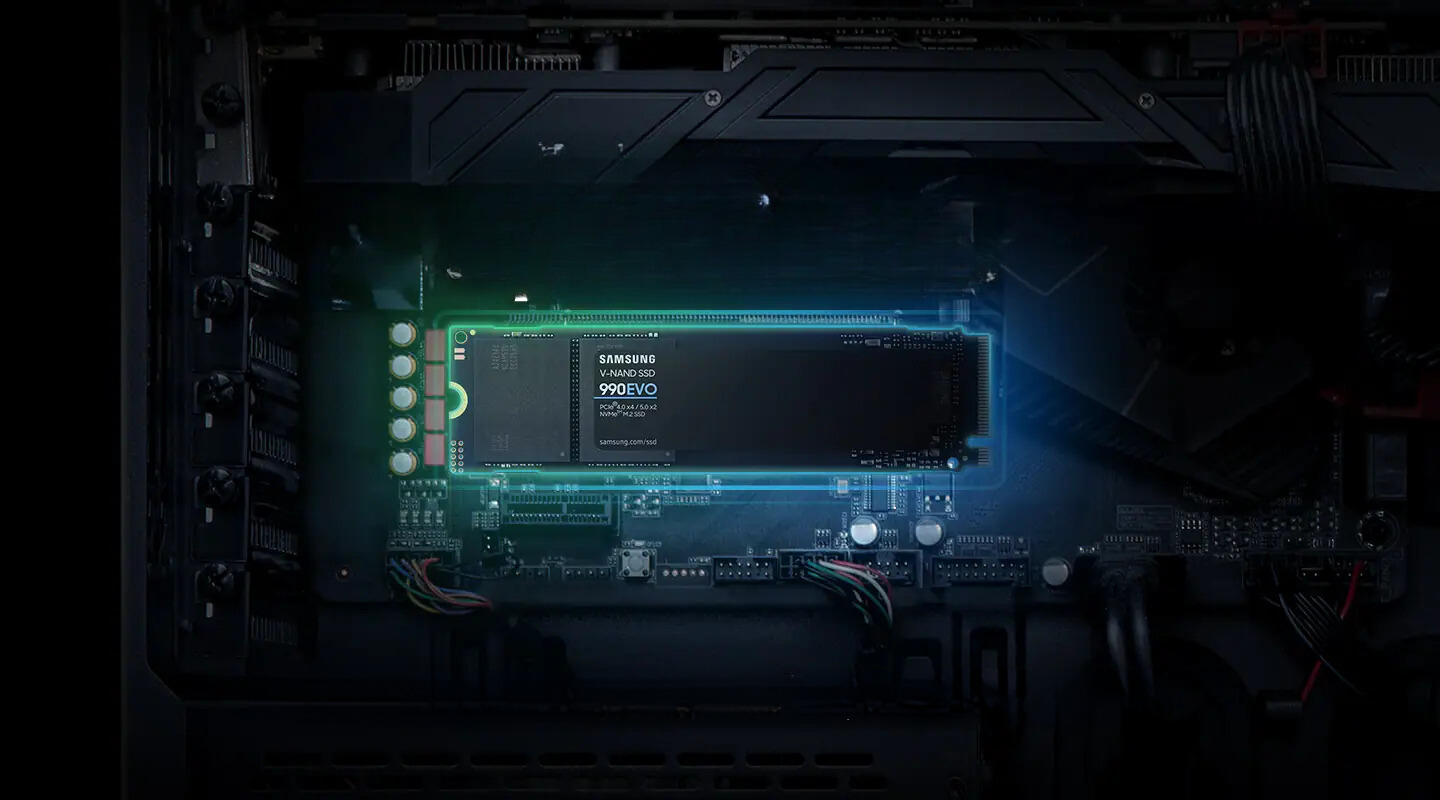What is PCIe 5.0 and Why Does It Matter?
PCIe 5.0 (Peripheral Component Interconnect Express 5.0) is the latest high-speed standard connecting crucial PC components like SSDs, GPUs, and CPUs on the motherboard. It doubles the bandwidth of PCIe 4.0, reaching 32 gigatransfers per second (GT/s) per lane.
Modern M.2 SSDs typically use four lanes (x4), enabling PCIe 5.0 drives to hit read speeds of up to 14,000MB/s, compared to around 8,000MB/s from PCIe 4.0. This leap significantly cuts wait times for file transfers, gaming load screens, and asset streaming.
How PCIe 5.0 SSDs Impact Gaming and Performance

- Revolutionizing Load Times: Technologies like Microsoft’s DirectStorage stream game assets directly from SSDs to GPUs, dramatically reducing load screens and visual pop-in, especially in vast open worlds.
- Future-Proofing Builds: While most current games are designed around PCIe 4.0-speed drives (PS5 and Xbox Series X standards), upcoming titles with ultra-high-resolution textures and complex worlds will demand PCIe 5.0 speeds.
- Seamless Platform Support: Modern Intel (12th Gen Alder Lake and newer) and AMD (Ryzen 7000 and later) platforms fully support PCIe 5.0, ensuring compatibility for high-performance builds.
Caveats Gamers Should Know
- Diminishing Returns Today: Most games don’t yet fully exploit PCIe 5.0 speeds, meaning load time improvements over PCIe 4.0 are usually only a few seconds.
- Higher Cost and Thermal Output: PCIe 5.0 SSDs command premium prices (~$230–$260 for 2TB) and produce more heat, often requiring larger heatsinks or fans.
- Fully Backwards Compatible: Older PCIe 3.0/4.0 SSDs work in PCIe 5.0 slots without issue but run at their native speeds.
Who Should Buy PCIe 5.0 SSDs Today?
- Hardcore gamers and enthusiasts building bleeding-edge rigs aiming for the fastest load times and DirectStorage-enabled game experiences.
- Content creators and professionals handling large 4K/8K video projects, 3D models, or simulations benefiting from faster storage.
- Early adopters and future-proofers wanting systems ready for next-gen software advances without immediate upgrade pressure.
When It Makes Sense to Wait
- Casual and mainstream gamers playing non-demanding or older games often won’t see noticeable gains over quality PCIe 4.0 SSDs.
- Budget-conscious builders should consider investing in GPU, CPU, or RAM upgrades instead, which yield more perceptible gaming boosts today.
- Those already equipped with speedy PCIe 4.0 NVMe SSDs can safely hold off until PCIe 5.0 gains broader software support and price drops.
Final Thoughts
PCIe 5.0 SSDs mark the dawn of ultra-fast storage technology, poised to significantly transform gaming load times and professional workflows. They promise unparalleled throughput and compatibility with next-gen software like DirectStorage.
However, since the ecosystem is still maturing, high-quality PCIe 4.0 SSDs offer excellent real-world performance for most users right now at a more accessible price. As games and applications evolve, PCIe 5.0 will become increasingly standard. Investing early is a smart move for those wanting to stay at the forefront of PC innovation.
